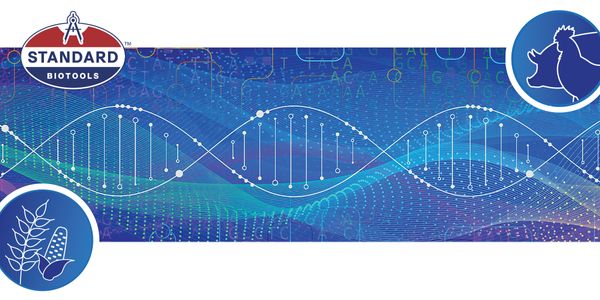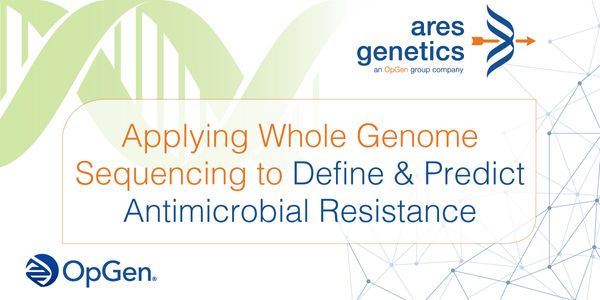OCT 19, 2022 | 12:00 PM
Date: October 19, 2022 Time: 12:00pm (PDT), 3:00pm (EDT), 9:00pm (CEST) The capacity and speed of modern DNA sequencing platforms has allowed sequencing to become an integral component of bi...
SEP 27, 2022 | 10:00 AM
Date: September 27, 2022 Time: 10:00am (PDT), 1:00pm (EDT), 7:00pm (CEST) Alzheimer’s disease is the most common cause of dementia and the seventh leading cause of death in the United...
SEP 27, 2022 | 8:00 AM
Date: September 27, 2022 Time: 8:00am (PDT), 11:00pm (EDT), 5:00pm (CEST) Temperature sensitive (TS) alleles are mutations in essential genes that allow for growth at permissive temperatures...
JUN 09, 2022 | 9:00 AM
Date: June 09, 2022 Time: 9:00am (PDT), 12:00pm (EDT), 6:00pm (CEST) Thousands of researchers worldwide have utilized microfluidics technology from Standard BioTools for genomics application...
JUN 02, 2022 | 8:00 AM
Date: June 02, 2022 Time: 8:00am (PDT), 11:00am (EDT), 5:00pm (CEST) Artificial intelligence (AI) is currently a buzzword across almost all scientific disciplines and has the potential to re...
Objective : Evaluation of EDTA-gel blood collection tubes from remote locations for NIPS (Non-invasive prenatal testing). Design: Paired comparisons Population: 61 pregnant women from Britis...
FEB 24, 2022 | 10:00 AM
Date: February 24, 2021 Time: 10:00am (PST), 1:00pm (EST) One of the largest global public health crises is the rise of antimicrobial-resistant infections. Globally, over 700,000 people die...
NOV 15, 2021 | 6:00 AM
Date: November 15, 2021 Time: 6:00am (PDT), 9:00am (EDT) Targeted sequencing of respiratory viruses’ genomes is important to identify novel viral variants. Compared to amplicon sequenc...






















